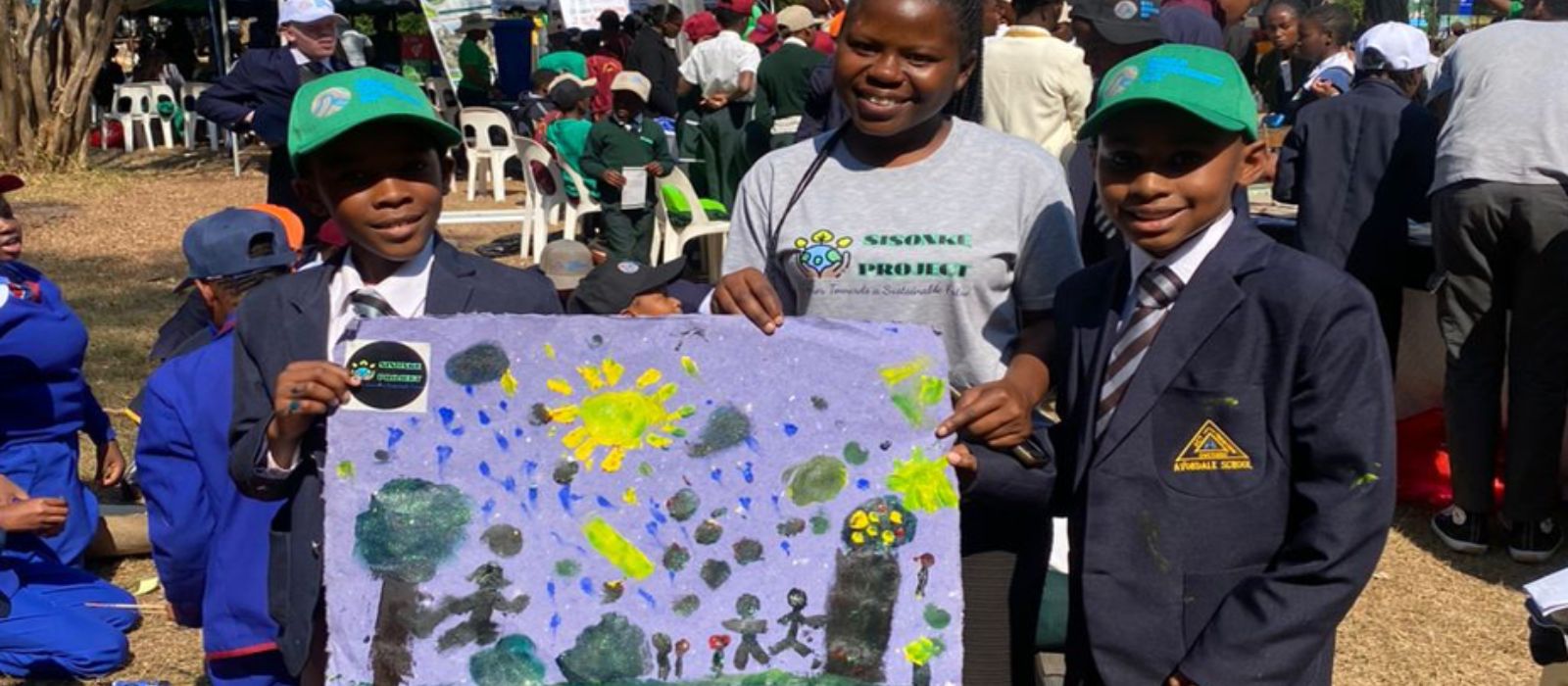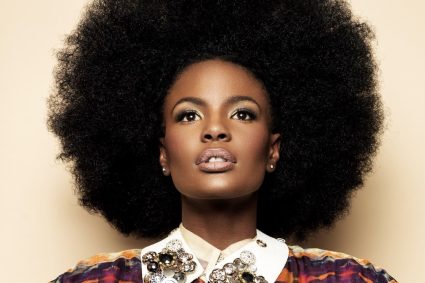
Story By Lovemore Nyawo and Gamuchirai Mutsambwa: The climate emergency is intensifying, and its impacts are becoming increasingly clear, necessitating immediate action. In this context, the role of art in promoting climate justice has become more crucial than ever.
Art acts as a powerful tool for visual storytelling, transcending language barriers. For example, powerful images of environmental destruction, such as deforested areas, can deeply resonate, prompting reflections on humanity’s relationship with nature.
Artivism is on the rise within environmental activism, focusing on three main areas: educating the public through expressive performances of today’s global environmental challenges, critical reflections on the intersection of art and environmental practices as a means of environmental improvement across various sectors, and making the conversation engaging and thought-provoking
It uniquely has the ability to make discussions humorous, captivating, and thought-provoking, highlighting stories that might not be addressed in traditional debates. By involving young people and children in the fight for climate justice, we can nurture their sense of responsibility and capture their attention in meaningful ways.
Given that the causes and effects of climate change are not solely scientific but also encompass societal and cultural dimensions, it’s important to communicate about it in a way that makes these aspects visible, audible, and tangible.
The extensive use of art forms, such as art, paintings, music, and films, in climate activism encourages cognitive processes and behavioral shifts. Specifically, it can be leveraged in climate justice advocacy to mobilize and strengthen the climate justice movement through inclusivity, creativity, and innovation.
Exponentially it bridges divides between different ideologies and generations, urban and rural communities, public and policymakers, artists, and scientists. By overcoming language barriers, making climate change tangible, and reaching a broad audience, it can play a significant role in raising awareness.
Moreover, collaborative art projects can serve as platforms for building community cohesion and fostering a sense of purpose. Initiatives like “Dance for Climate,” hosted in Kuwadzana a few months ago, brought people together and allowed children to creatively share their experiences with climate change.
Sisonke climate justice , a youthful organization focuses on raising awareness on climate change variability via sensitizing young people and local communities on issues of environmental conservation and climate change.
During the 2024 edition of Shoko Festival: Green Cities Expo, the organization expanded its core activities to young people via interactive artivism aimed at climate interventions, mitigation strategies, and creating a climate-friendly environment.
Artivism holds the potential to shed light on a sustainable future, through engaging young creativity and innovative approaches to changing dominant narratives in the climate justice space. It can inspire the next generation to become effective advocates for the environment by envisioning a brighter future for our planet together.


